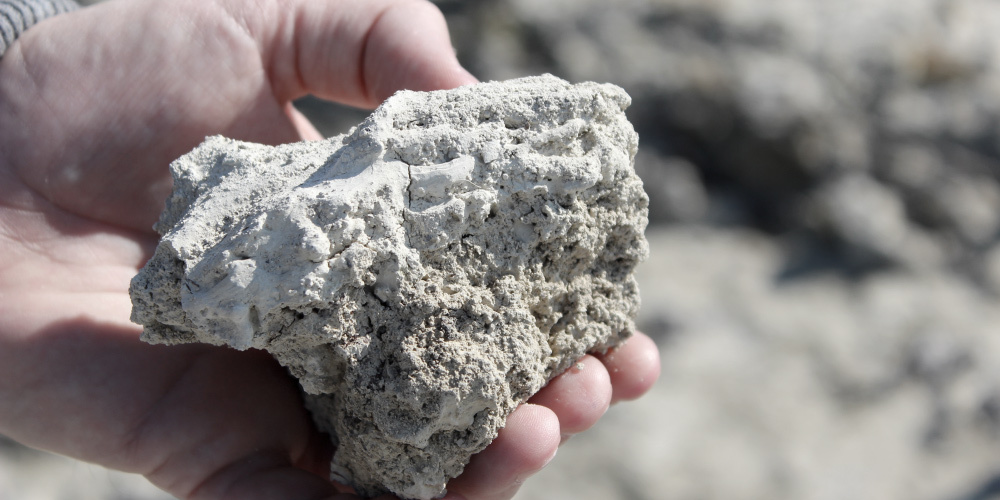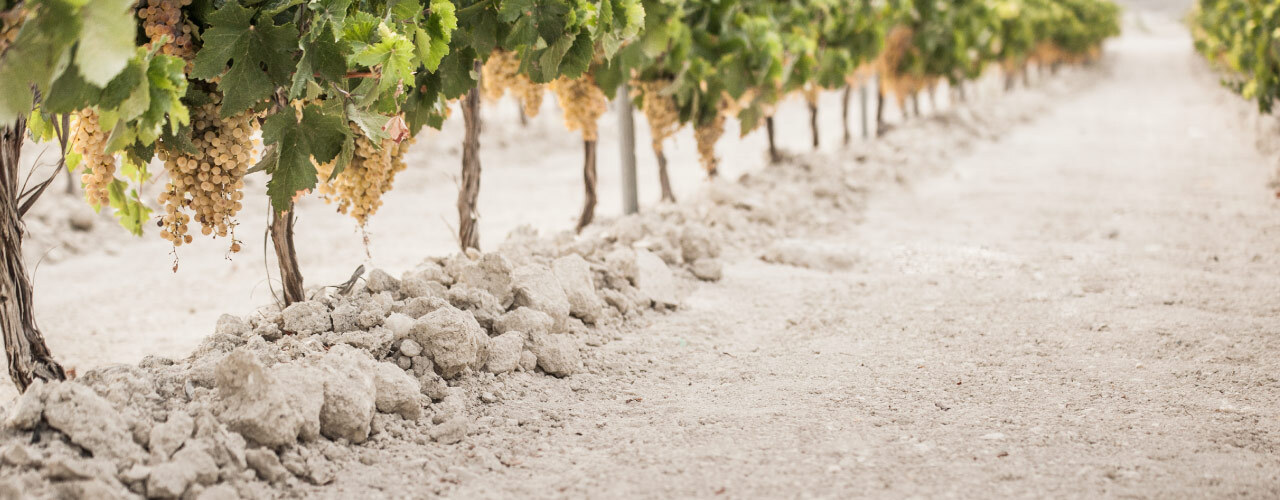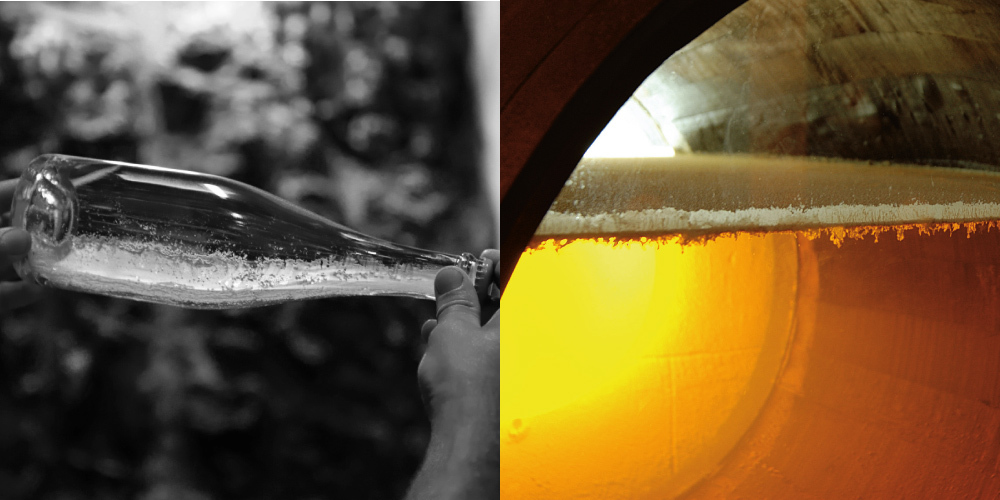It’s that time of year again, when the cold starts to break and warmer weather gradually begins to grace us with its presence.As the seasons change, we often seek out and welcome food and drink that reflects our surroundings.When things start to heat up, our desire for beverages that quench our thirst and cool us off grows exponentially with the increase in temperature.In a world filled with slushies and punches, there is one classic cocktail that has been helping us usher in Spring and Summer for centuries: Sangria
But there is also a smaller category of brandies (and eau-de-vie) some aged in wood, some unaged, made from pretty much any kind of fruit: peaches, cherries, plums, you name it. When the booze is made from the solids that are left over from winemaking after the grapes are pressed, it is called pomace brandy or marc (French marcs, Italian grappas, or Spanish orujos). Because it was first distilled from grapes, there is a historic industry of brandy production all over Europe’s wine-producing regions, like France, Spain, and Italy, and throughout the rest of the world as well.
TYPES OF BRANDY
When it comes to a global brandy output, France is undoubtedly a world standard. Their widely renowned Cognacs and Armagnacs (and apple-based Calvados) are all international benchmarks. French law dictates that Cognac can only be produced in the state of Charente in the Cognac region. Plus, it must be distilled from white grapes only, and it’s required to be distilled twice and aged for a minimum of two years in French oak barrels. Armagnac is a single-continued distillate made in the Armagnac region of Gascony in Southwestern France. It’s similar to cognac, but with a different protected name and rules. Generally, Armagnacs are produced by smaller distilleries in lower quantities (many are vintage too), more for local consumption, compared to the larger-scale, highly exported Cognacs.
As a brief comparative exercise, below is a chart with some of the most remarkable differences between Brandy de Jerez and Cognac:
| BRANDY DE JEREZ | (COGNAC) |
| Using ripe mature grapes | Greener grapes |
| Obtain balanced and low acidity base wines | Higher acidity base wine |
| The alcohol is at 12% per volume | Wines at 7-8% alcohol per volume |
| Simple distillation without lees | Double distillation with lees possible |
| Raw distilled grade at 65% abv. – very aromatic with a high concentration of volatile components | Raw distilled grade at 86% abv. – less aromatic with less volatile components |
| Casks have been previously seasoned with sherry wines which lends a special style to the finished brandy | No previous seasoning |
| American Oak | French Oak |
| Solera & Criaderas systems that favor the oxidation process and the homogenization throughout the years of aging | A static system where the raw alcohol used will be the influencing factor, depending on the wines and conditions of their vintage year. Later blending |
| Mediterranean climate with Atlantic influence. An average of 18ºC temperatures favor the aging process | Atlantic-Continental climate, with a cooler average temperature of 7ºC |
There is a substantial number of wine-based brandies produced in the US as well.
There are those high-volume, incredibly cheap American brandy brands, but also a small selection of a more artisanal group of marquee products that showcase the nation’s growing interest in this ultra-classic category. A special mention goes to apple brandies in general, as they may have just as much claim (as bourbon) to being America’s spirit. In fact, these apple-based distillates show a history that stretches back to before the country was even founded, according to an article on distiller.com. As mentioned there, the more regulated Applejack (involving the colonial practice of “jacking”), or even the more specifically-labeled “blended applejack” is a style that must contain only 20% apple brandy that’s aged for a minimum of two years and can otherwise be blended with neutral alcohols. Applejack is an essential ingredient to produce the delicious Jack Rose, a cocktail created around the turn of the 20th century.

HOW IS BRANDY DE JEREZ MADE AND WHY IS SO SPECIAL?
Back in the sherry region, Europeans first learned the art of distillation from the Moors who occupied Southern Spain in the early middle ages (they brought the technology of distillation to the Iberian Peninsula in the year 711 AD)
As Lustau’s master distiller Fernando Pérez points out: “Brandy de Jerez is different from other brandies because it has its own singular organoleptic properties which result from its traditional process of production, the characteristics of the oak barrels in which it is aged, and the local climatic conditions of the place of its birth, the Sherry Zone:”
The distillation of spirits is a craft that requires proficiency; it is done in either column stills, or copper pot stills known as “alquitaras” by separating out the “heads” and “tails” and selecting only the middle part, known as the “heart”. In the making of Brandy de Jerez, the distillation of the wines will result in higher or lower alcoholic strength (higher or lower levels of other volatile substances), based on the quality they show. Therefore, there are three types of spirits produced:
- Holandas are spirits with a strength of below 70% vol. and contain between 200 and 600 grams of volatile substances per hectolitre of pure alcohol.
- Aguardientes are spirits of between 70% and 86% vol and contain between 130 and 400 grams of volatile substances per hectolitre of pure alcohol.
- Destilados are spirits of between 86% and 94.8% vol and contain below 100 grams of volatile substances per hectolitre of pure alcohol.
Then, the containers used to age the alcohols play a key role in the taste of these brandies, not only because they are mostly American oak butts which have just the right porosity and capacity to transfer oak extractives to the liquid inside, but also because these casks have previously contained some sherry wines for at least three years! Depending on the style of sherry that ‘seasons’ the casks (fino, manzanilla, oloroso, amontillado, Pedro Ximénez, etc.), the effect on the aging product will not always be the same. Thus, brandies aged in fino butts will be stronger, dry, and paler than the softer more aromatic brandies aged in oloroso or amontillado butts, while those aged in Pedro Ximénez butts will be darker and sweeter.
Like in sherry winemaking, it is not only the aging vessels that are so special; it also is the singular aging system that is used. The Sistema de Solera y Criaderas is a dynamic aging system based on the establishment of scales (criaderas), each of different ages, through which the brandy flows progressively until reaching the desired age. The complexity of these solera systems gives any Brandy de Jerez components that are far older than those found in otherwise statically aged brandies. Besides, the location of the actual aging systems (within the Sherry Zone), and the specific climatic conditions of the area (higher average temperatures plus high levels of humidity), will too greatly contribute to the final expressions of these characterful libations.
Last, we have the element of time. Only the slow passage of time allows the brandy to acquire its genuine taste profile: complexity, smoothness, and finesse. Brandy de Jerez is available in three different categories according to the period of aging*:
- Brandy de Jerez Solera: This is the youngest and fruitiest style with a minimum average age of 6 months and minimum volatile substances of 150 grams per hectolitre of pure alcohol.
- Brandy de Jerez Solera Reserva: With a minimum average age of one year and minimum volatile-substance content of 200 grams per hectolitre of pure alcohol.
- Brandy de Jerez Solera Gran Reserva**: This is the style aged longest. Although the regulations require a minimum average age of 3 years and minimum volatile-substance content of 250 grams per hectolitre of pure alcohol, most brands greatly exceed these requirements.
*These minimum aging requirements are rather short: Lustau brandies far exceed these minimums, and the outcome is of superior quality within each of the categories.
**Note the higher percentage of Holandas (lower proof / higher volatile-content alcohols from quality base wines) in the higher-quality Solera Reserva & Gran Reserva brandies.

HOW TO DRINK BRANDY – PAIRING BRANDY DE JEREZ WITH FOOD
Enjoying Brandy de Jerez can be done in a variety of situations. Obviously, when sipped neat, one will be able to fully appreciate their complex qualities. At this point, the serving temperature is a very important factor: We recommend that brandies always be served between 10 degrees and a maximum of fifteen degrees centigrade (50-59 Fahrenheit) for the maximum harmony of all its aromatic and flavor nuances. At a temperature of about 12 degrees, and helped by the gentle movement of the glass, the brandy will display all its aromas from the most volatile to the most subtle. Drinking brandy at higher temperatures may upset their aromatic balance intensifying the sensation of harshness. Of course, the use of fine glassware is necessary to get the most out of the highest-quality brandies.
Serving them on the rocks or freezer-cold are other more contemporary ways to consume these versatile types of liquors. However, mixing brandies in cocktails is a long-established tradition in western societies, with its assorted range of flavors providing the perfect base for all sorts of cocktails, long drinks, aperitifs, digestifs, etc. If your idea is to use brandy in mixed drinks, congratulations!








